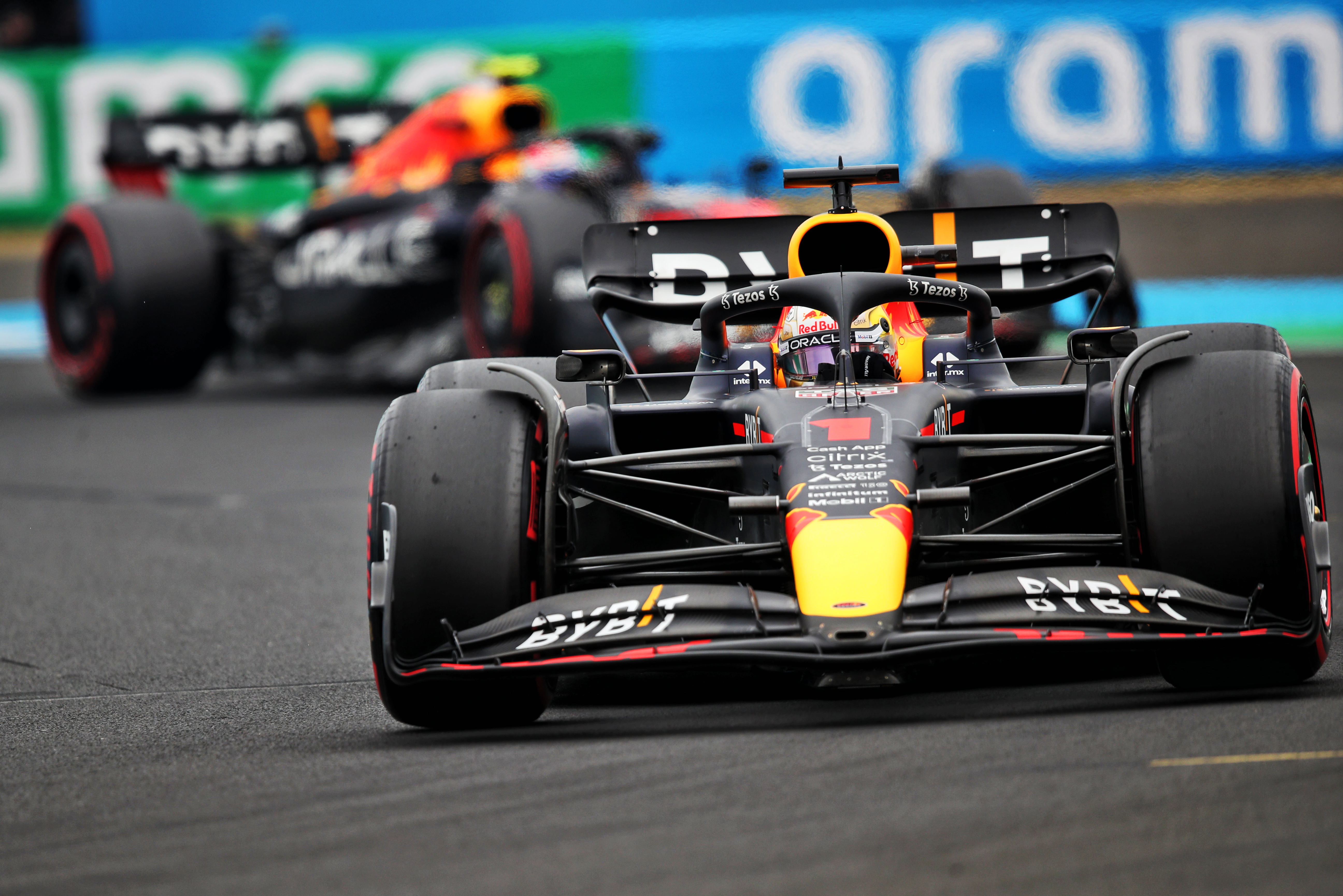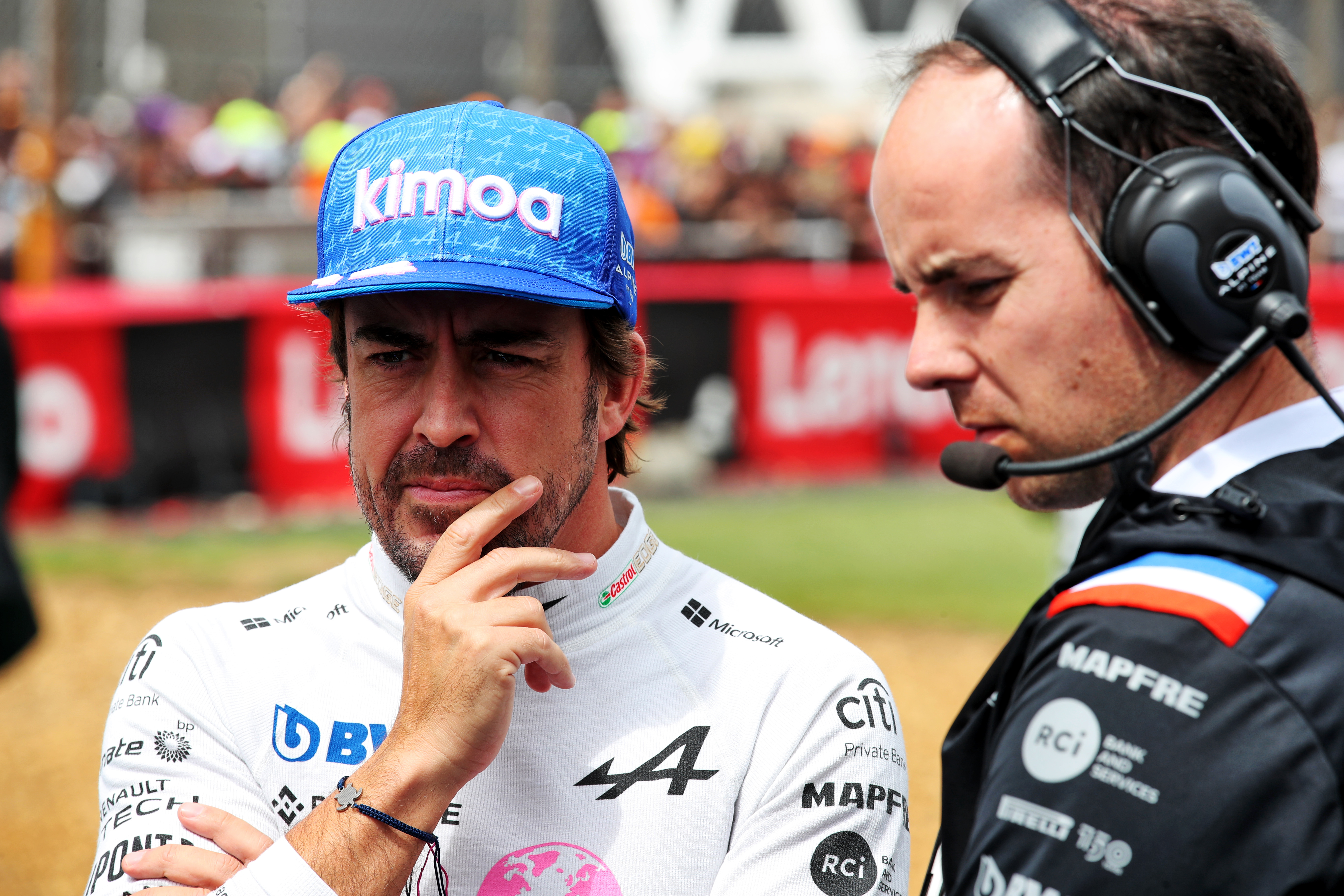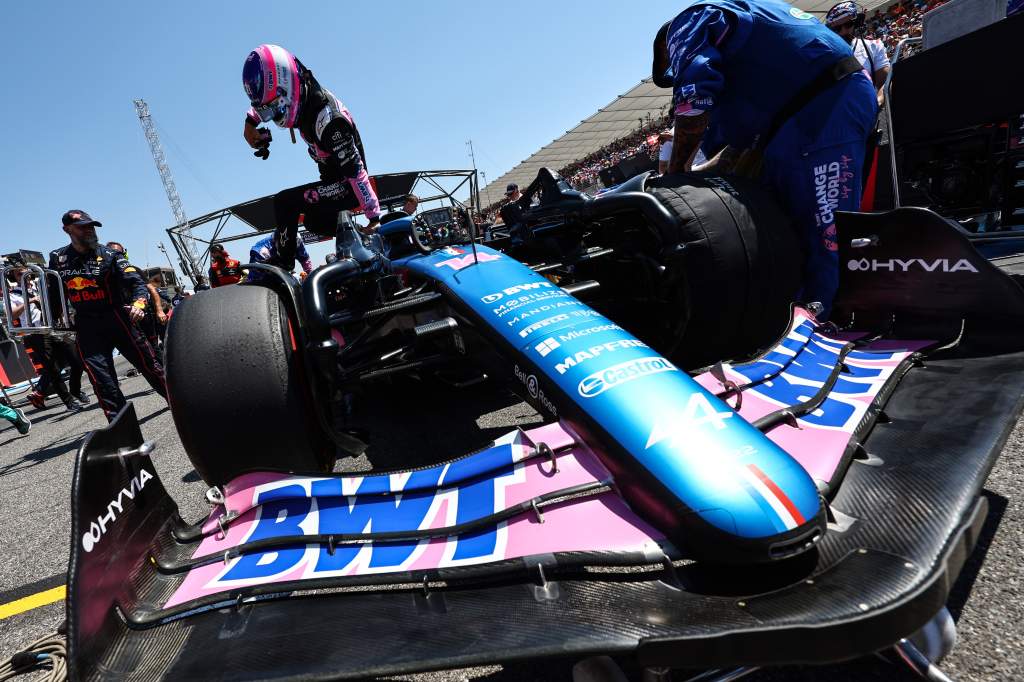Up Next

Formula 1 has always been about the fusion of car and driver, with the individual between the engine and front wheels the critical component when it comes to exploiting the performance potential of the machinery.
That’s why it’s always baffling when an F1 team is laissez-faire in ensuring it has the best quality possible of this key component.
Taking risks with drivers in a seller’s market should be avoided. But that’s what Alpine on the driver front did by assuming Fernando Alonso would eventually accept a contract with no assurances of his place beyond 2023, which had the knock-on effect of at the very least making Oscar Piastri believe he had a window of opportunity to go elsewhere.
Alpine is not the first team to have been caught out when it comes to drivers and that could have a significant negative impact on its 2023 season and Alpine CEO Laurent Rossi’s 100-race plan, which started counting down at the beginning of the season.
It’s inconceivable a team would take such risks with the supply of any other car component. F1 operations invest significantly in ensuring design and production times are pushed to the limit to get parts onto the car as quickly as possible. In doing so, there’s a compound gain with downstream parts also arriving more quickly. Therefore, hanging around when it comes to such things is a no-no.
And yet drivers are not always seen in the same way. That’s bizarre given the influence they can have on performance. The car itself, combined with the immutable laws of physics, defines the ultimate performance potential but it is the driver that must translate that into real-world laptimes. That’s not just over a qualifying lap, but also over a race distance.

But the driver’s sphere of influence is bigger than that. They feed into the development direction and in some ways define it. For example, Max Verstappen’s capacity to deal with a car that is faster but trickier to drive raises the performance ceiling for Red Bull. And every driver will set that ceiling in a different place and hit it when confronted with different characteristics.
Drivers also have a profound influence on the more intangible aspects. Every single member of the team looks to the drivers to exploit that performance and if they feel they can be confident in the person in the cockpit, that has a positive effect. After all, if you have a driver in the car who is giving away three tenths of a second, that’s hardly a powerful motivating factor.
The drivers are the only component in an entire F1 team through which everything travels in some way or another. It’s through their skill, their control and finesse with the throttle, brake and steering wheel, as well as their mental strength and capacity, that the potential of the car is exploited.
Yes, drivers are ten-a-penny. Getting hold of a driver who will do an adequate job in F1 is not difficult even at a time when opportunities for seat time are so limited. But the difference that the driver can make is significant, not just in terms of their performances on track and all-round contribution to the team but also their wider commercial value. Those difference makers are in far shorter supply.
But there are two problems with drivers. Firstly, they are human beings and therefore by their very nature more capricious to deal with than the rest of the components of the car. Secondly, they are expensive. Those two factors mean that you’re dealing with two very powerful factors – ego and money. It’s the same when it comes to the decision makers, which makes for a dangerous mix.

There’s always the chance Alonso would have walked away from Alpine and perhaps he’d have strung out the negotiations whatever the terms on offer were if this Aston Martin move had been brewing for some time, but getting pen on paper should have been a top priority. Doubly so given Alonso is a canny operator not without a Machiavellian streak who is more than capable of causing problems if he doesn’t feel he gets his dues. And that was clearly part of the equation in his departure. As the past week has shown, even if one side of the negotiation believes they are in an impregnable position there’s always the danger of an external factor changing the game.
Just look at some of the moves made elsewhere in the driver market. In recent times, Verstappen, Charles Leclerc and Lando Norris have all agreed new long-term deals. Granted, it’s easier for Red Bull and, to a lesser extent, Ferrari to convince a driver to sign up given their performance, but McLaren ensured it has installed some level of protection for Norris’s services – subject to whatever break clauses might exist. And if you are playing contractual games, make sure you have a secure fallback position.
Drivers do make a difference, whether that’s in winning a championship or just missing out, clinching fourth place in the constructors’ championship or not, or even the success of a much-vaunted 100-race plan. Alpine should be particular cognisant of that given last year it finished ahead of AlphaTauri in the constructors’ championship purely because of its stronger driver line up – with a similar pattern repeated in its battle with McLaren this year.
Alpine isn’t the first team to get caught out and it won’t be the last. It’s the blend of human and machine that makes motorsport so fascinating and complex. The driver is a crucial component that ties everything together in the cockpit. If you’ve got a problem with a part, you can redesign it, study in, put it on a shaker rig – any one of a number of ways to fix a problem. What makes them difficult is they are human beings.
And so is everyone else involved in the negotiations between team and driver. Which is all the more reason to make sure you get the job done at the earliest opportunity, just as you would with any other critical component.





